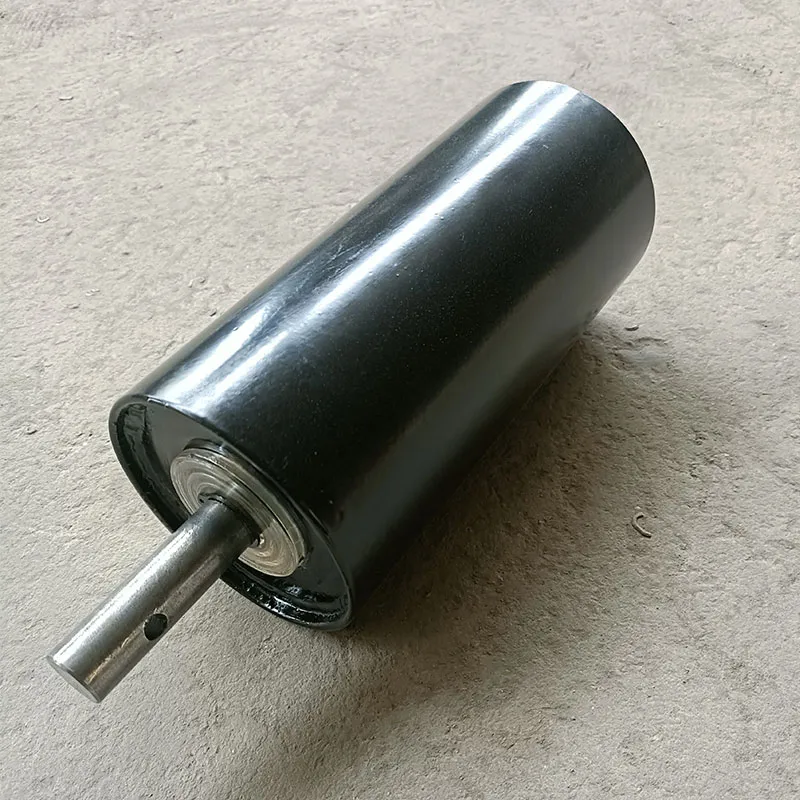 Afrikaans
Afrikaans  Albanian
Albanian  Amharic
Amharic  Arabic
Arabic  Armenian
Armenian  Azerbaijani
Azerbaijani  Basque
Basque  Belarusian
Belarusian  Bengali
Bengali  Bosnian
Bosnian  Bulgarian
Bulgarian  Catalan
Catalan  Cebuano
Cebuano  Corsican
Corsican  Croatian
Croatian  Czech
Czech  Danish
Danish  Dutch
Dutch  English
English  Esperanto
Esperanto  Estonian
Estonian  Finnish
Finnish  French
French  Frisian
Frisian  Galician
Galician  Georgian
Georgian  German
German  Greek
Greek  Gujarati
Gujarati  Haitian Creole
Haitian Creole  hausa
hausa  hawaiian
hawaiian  Hebrew
Hebrew  Hindi
Hindi  Miao
Miao  Hungarian
Hungarian  Icelandic
Icelandic  igbo
igbo  Indonesian
Indonesian  irish
irish  Italian
Italian  Japanese
Japanese  Javanese
Javanese  Kannada
Kannada  kazakh
kazakh  Khmer
Khmer  Rwandese
Rwandese  Korean
Korean  Kurdish
Kurdish  Kyrgyz
Kyrgyz  Lao
Lao  Latin
Latin  Latvian
Latvian  Lithuanian
Lithuanian  Luxembourgish
Luxembourgish  Macedonian
Macedonian  Malgashi
Malgashi  Malay
Malay  Malayalam
Malayalam  Maltese
Maltese  Maori
Maori  Marathi
Marathi  Mongolian
Mongolian  Myanmar
Myanmar  Nepali
Nepali  Norwegian
Norwegian  Norwegian
Norwegian  Occitan
Occitan  Pashto
Pashto  Persian
Persian  Polish
Polish  Portuguese
Portuguese  Punjabi
Punjabi  Romanian
Romanian  Russian
Russian  Samoan
Samoan  Scottish Gaelic
Scottish Gaelic  Serbian
Serbian  Sesotho
Sesotho  Shona
Shona  Sindhi
Sindhi  Sinhala
Sinhala  Slovak
Slovak  Slovenian
Slovenian  Somali
Somali  Spanish
Spanish  Sundanese
Sundanese  Swahili
Swahili  Swedish
Swedish  Tagalog
Tagalog  Tajik
Tajik  Tamil
Tamil  Tatar
Tatar  Telugu
Telugu  Thai
Thai  Turkish
Turkish  Turkmen
Turkmen  Ukrainian
Ukrainian  Urdu
Urdu  Uighur
Uighur  Uzbek
Uzbek  Vietnamese
Vietnamese  Welsh
Welsh  Bantu
Bantu  Yiddish
Yiddish  Yoruba
Yoruba  Zulu
Zulu rollers and idlers
Understanding Rollers and Idlers Essential Components in Bulk Material Handling
In various industrial applications, particularly in bulk material handling, rollers and idlers play a crucial role in ensuring efficient operation and smooth transportation of materials. Whether in mining, agriculture, or manufacturing, these two components are fundamental to conveyor systems, influencing productivity and operational costs.
The Function of Rollers
Rollers are cylindrical components that are primarily used to support the conveyor belt and aid in its movement. They come in various forms and specifications, depending on the nature of the material being transported and the environmental conditions of the operation.
1. Types of Rollers There are several types of rollers including return rollers, impact rollers, and guide rollers. Each type serves a specific purpose - Return Rollers These rollers are used on the return side of the conveyor belt. They help to support the belt as it returns after dropping off its load. Proper integration of return rollers ensures that the belt maintains alignment and minimizes wear. - Impact Rollers Designed to absorb shock and reduce wear when materials are loaded onto the conveyor, these rollers are critical in protecting the belt from damage, particularly in systems where heavy loads are involved. - Guide Rollers These ensure that the belt stays centered, preventing slippage, which can cause significant inefficiencies and wear.
Rollers are typically made from durable materials like steel or plastic, designed to withstand harsh conditions and support heavy loads while maintaining low friction.
The Role of Idlers
Idlers are similar to rollers but serve a distinct purpose in a conveyor system. Positioned between the drive and tail ends, idlers are crucial for supporting the conveyor belt along its path. Their primary function is to prevent sagging and ensure that the belt maintains the correct tension throughout its operation.
rollers and idlers

1. Types of Idlers Idlers can also be categorized into various types including troughing idlers, flat idlers, and self-aligning idlers - Troughing Idlers These are used to create a trough shape for the belt, allowing for a more controlled and efficient handling of bulk materials. The trough helps to contain the materials and prevents spillage. - Flat Idlers Employed in applications where materials are less likely to spill, flat idlers provide a smooth surface for the belt and minimize friction. - Self-Aligning Idlers These idlers are designed to adjust automatically to the belt’s alignment, ensuring that the material is transported in the most efficient manner possible.
Like rollers, idlers can significantly affect the longevity of the conveyor belt. Properly functioning idlers help reduce belt tension and prevent excess wear, ultimately leading to cost savings in terms of maintenance and replacements.
Importance in Material Handling
The integration of rollers and idlers in conveyor systems is essential for a variety of reasons
1. Efficiency Proper functioning rollers and idlers ensure that material moves smoothly and efficiently across the conveyor system, reducing downtime and increasing productivity. 2. Cost Management Efficient material handling reduces operational costs significantly. With fewer breakdowns and less frequent replacement of components, businesses can save money in the long run. 3. Preventing Wear and Tear By supporting the belt properly and maintaining the correct tension, these components minimize excess wear, ensuring that the conveyor system operates at its peak for a longer period. 4. Enhancing Safety A well-maintained conveyor system, bolstered by high-quality rollers and idlers, enhances the overall safety of the workplace by minimizing the risk of accidents caused by equipment malfunctions.
Conclusion
In an increasingly competitive industrial landscape, understanding the roles and importance of rollers and idlers cannot be overstated. As vital components of conveyor systems, they contribute to operational efficiency, cost-effectiveness, and workplace safety. Companies that invest in high-quality rollers and idlers, alongside regular maintenance, will likely see an improvement in their overall productivity and a reduction in operational costs. Therefore, it is crucial for industries relying on bulk material handling to choose the right rollers and idlers tailored to their specific requirements.
-
Revolutionizing Conveyor Reliability with Advanced Rubber Lagging PulleysNewsJul.22,2025
-
Powering Precision and Durability with Expert Manufacturers of Conveyor ComponentsNewsJul.22,2025
-
Optimizing Conveyor Systems with Advanced Conveyor AccessoriesNewsJul.22,2025
-
Maximize Conveyor Efficiency with Quality Conveyor Idler PulleysNewsJul.22,2025
-
Future-Proof Your Conveyor System with High-Performance Polyurethane RollerNewsJul.22,2025
-
Driving Efficiency Forward with Quality Idlers and RollersNewsJul.22,2025





























